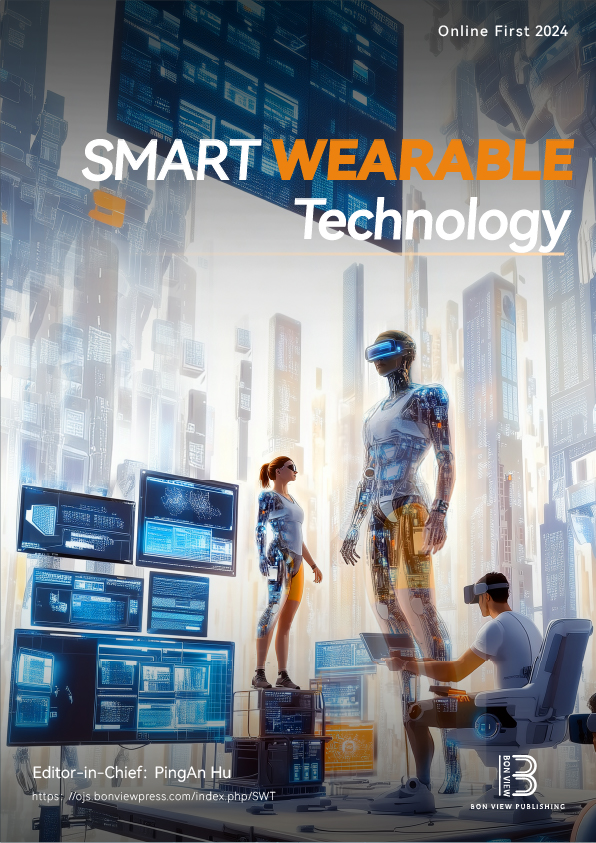An Android-Based Embedded Modified Iterative Fusion Deep Neural Network for Automated Detection of Macular Diseases Using OCT Images
DOI:
https://doi.org/10.47852/bonviewSWT52026773Keywords:
OCT image, MDs, MIFDNN model, U-Net denoising, quantization, Android deploymentAbstract
Retinal optical coherence tomography (OCT) is a noninvasive and high-resolution diagnostic imaging modality used for early detection of choroidal neovascularization (CNV), diabetic macular edema (DME), and drusen-based macular diseases (MDs). The manual procedure for screening these MDs using OCT images is cumbersome and may result in a false diagnosis. Hence, there is a requirement for an artificial intelligence-enabled automated approach for the accurate detection of macular disorders. This paper presents a modified iterative fusion deep neural network (MIFDNN) model and its implementation on an Android framework for the automated detection of CNV, DME, and drusen using OCT images. Initially, the U-Net model is used to obtain the enhanced OCT image from the noisy OCT image. The enhanced OCT image is used as input for the proposed MIFDNN model for detecting MDs. The MIFDNN employs a sophisticated dual-branch architecture comprising a custom basic branch deep convolutional neural network (CNN) module for hierarchical feature extraction, a fusion branch for iterative multiscale feature integration, dense layers, and a softmax layer for detecting MDs. The basic branch deep CNN consists of five convolution layers, five batch normalization (BN) layers, and three max-pooling layers. The classification performance of the proposed MIFDNN model is evaluated using OCT images from a public dataset. Our model has achieved a remarkable average classification accuracy of 98.17% using a 3-fold cross-validation strategy, outperforming several existing methods to detect MDs using OCT images. To facilitate real-world application, we have performed post-training quantization to reduce the size of the proposed MIFDNN model. The quantized model is successfully deployed on an Android platform, where the on-device inference maintained an impressive 98% accuracy with a throughput of approximately 92 images per minute, validating the proposed model’s practical feasibility for screening MDs using OCT images.
Received: 11 July 2025 | Revised: 9 September 2025 | Accepted: 23 September 2025
Conflicts of Interest
The authors declare that they have no conflicts of interest to this work.
Data Availability Statement
The data that support the findings of this study are openly available in [Mendeley, Kaggle] at [https://data.mendeley.com/datasets/rscbjbr9sj/3, https://www.kaggle.com/datasets/obulisainaren/retinal-oct-c8].
Author Contribution Statement
Umar Shafiq Ahmad: Methodology, Software, Validation, Formal analysis, Investigation, Resources, Data curation, Writing – original draft. Rajesh Kumar Tripathy: Conceptualization, Writing – review & editing, Visualization, Supervision, Project administration.
Downloads
Published
Issue
Section
License
Copyright (c) 2025 Authors

This work is licensed under a Creative Commons Attribution 4.0 International License.


